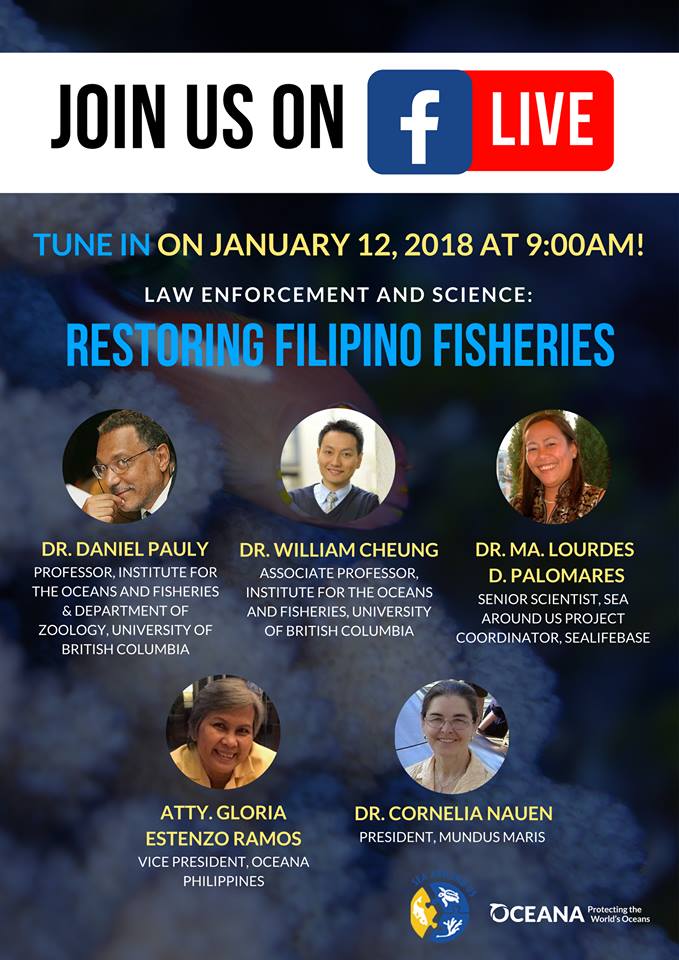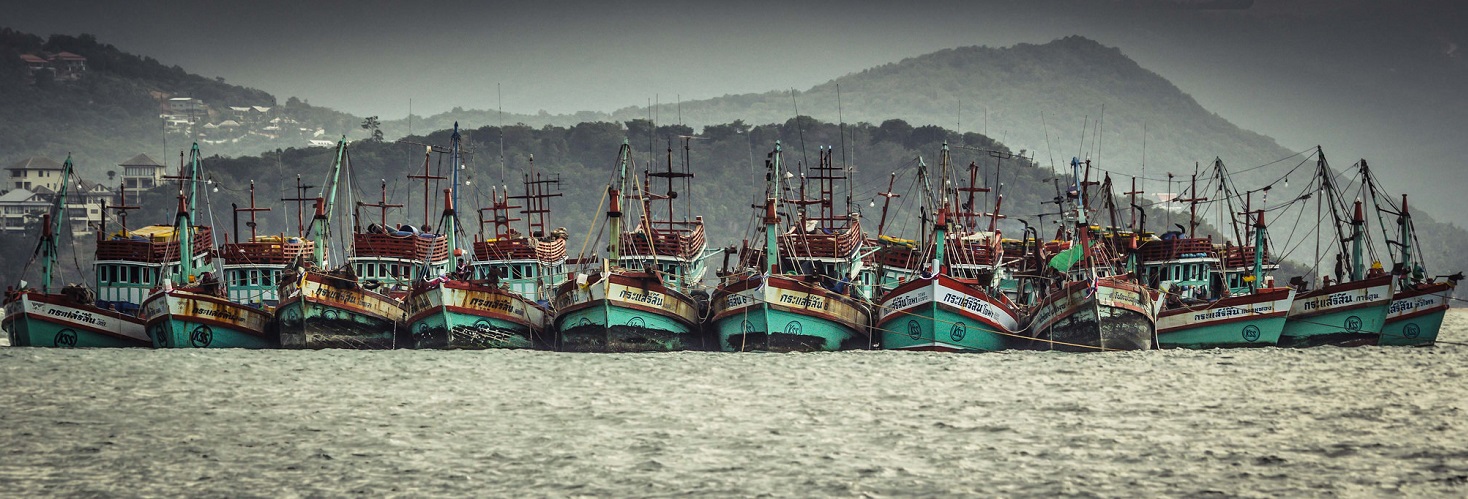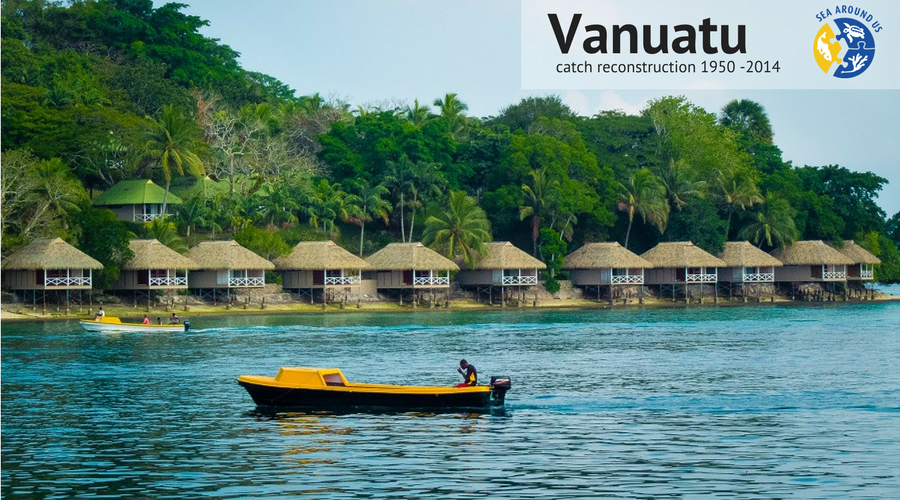A group of marine biologists led by the world’s top fisheries scientist, Daniel Pauly, are calling for stronger action to conserve and protect fisheries resources in the Philippines.
Pauly is the Principal Investigator of the Sea Around Us at the University of British Columbia and a co-founder of FishBase.org. Together with his team, he produced global, multi-year analyses of fish catches, which have helped the public understand the sad plight of the oceans – particularly the fact that fish populations all over the world are plummeting.










